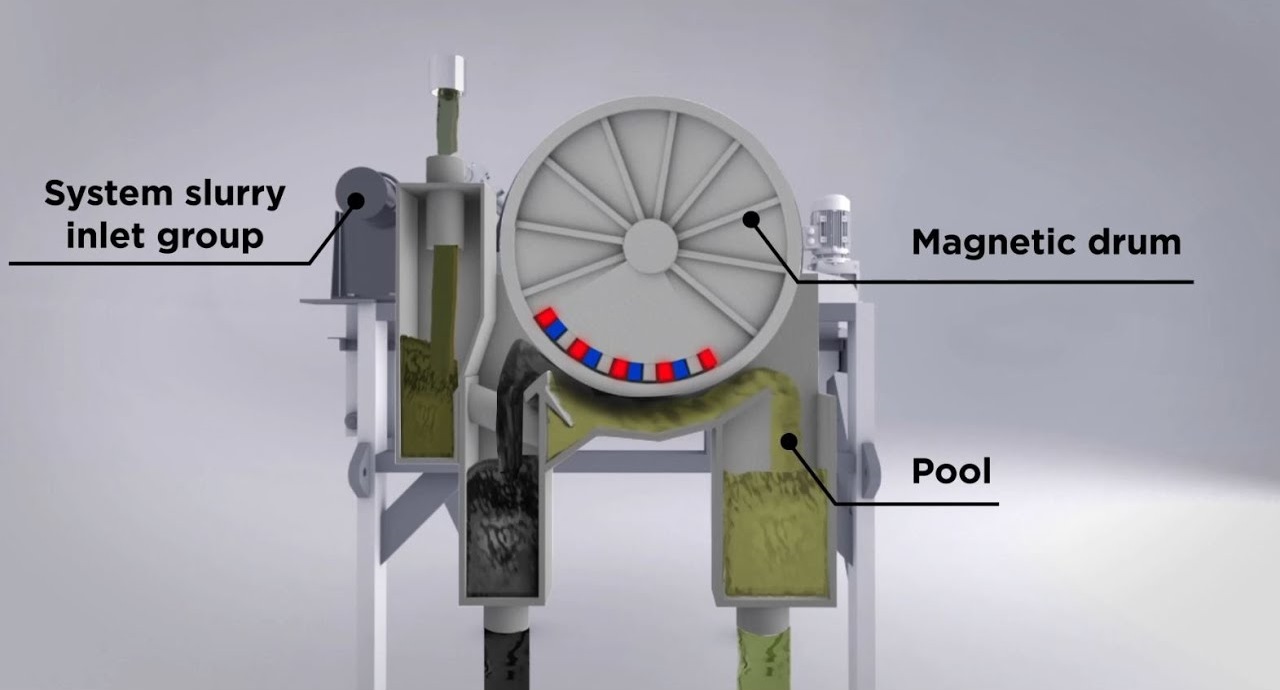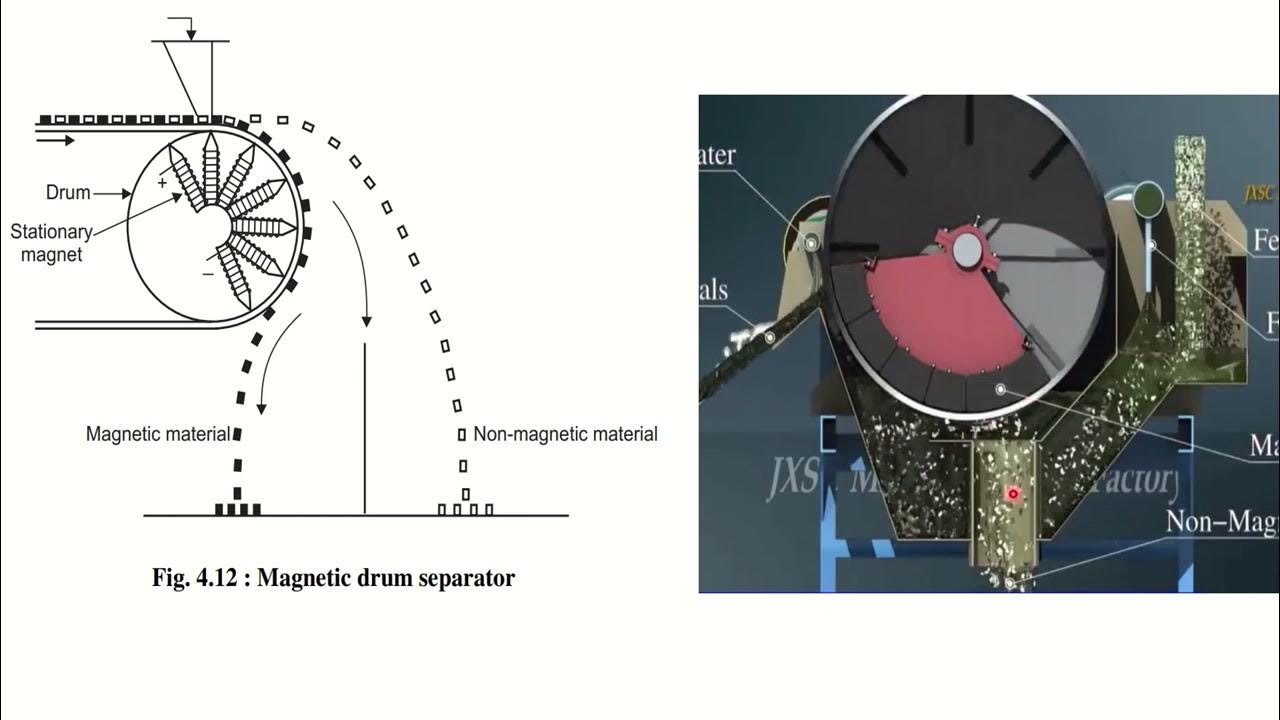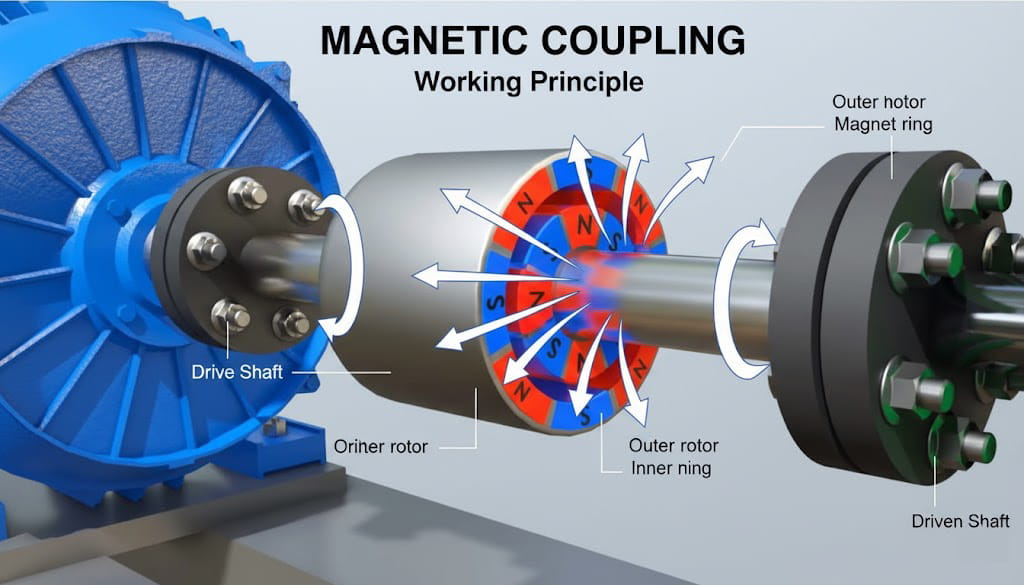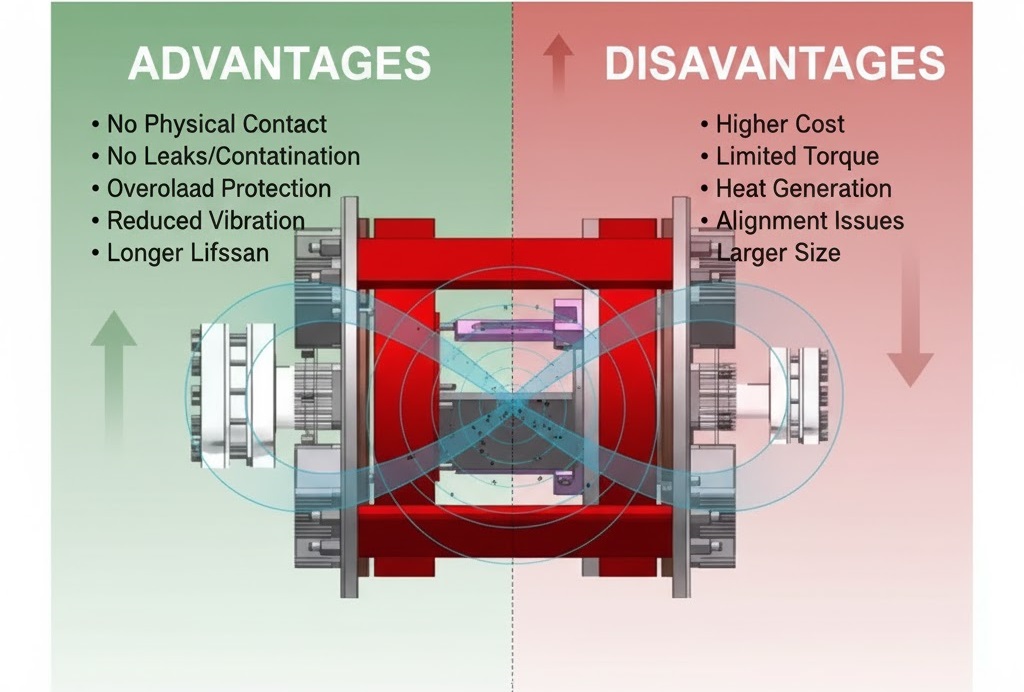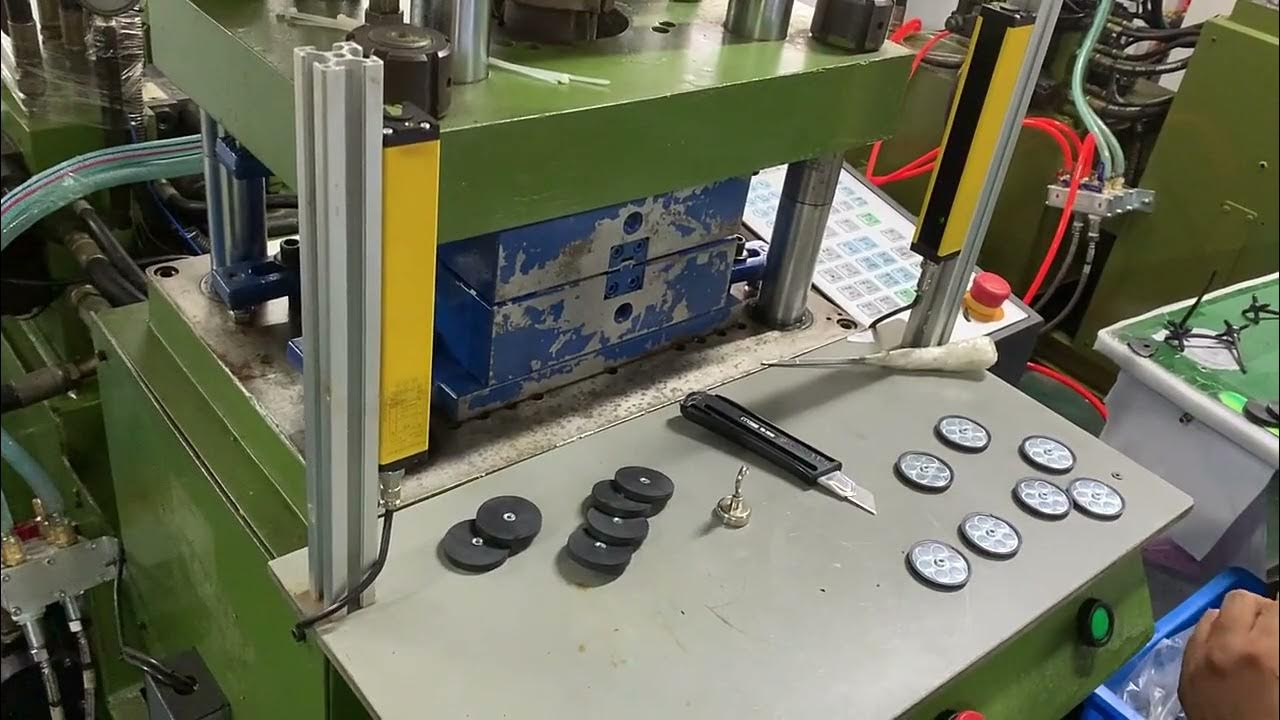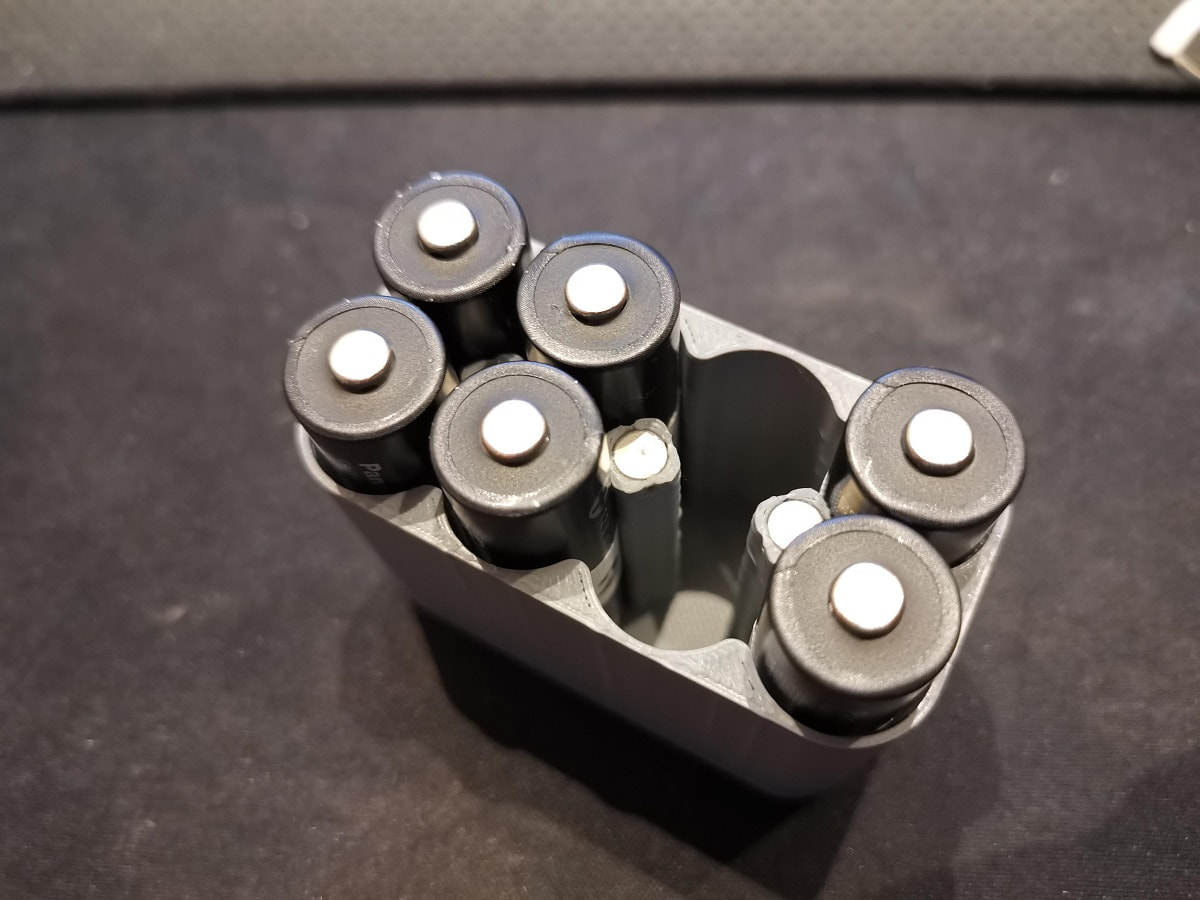News and blogs about Osencmag

Cooperation projects
Osencmag's public blog
Help customers better understand the magnetic component products and tutorial guides we provide. It also helps beginners in the magnetic industry master some basic magnetic technology knowledge.
Product Introduction
Magnetic Drum Separator Working Principle
The magnetic drum separator working principle is actually pretty straightforward once you break it down. And in this guide, as a professional magnetic drum manufacturer, ...
November 9, 2025
Magnetic Technology
How Does a Magnetic Drum Separator Work: Complete Guide
Ever wondered how does a magnetic drum separator work to pull metal contaminants from your product stream like magic? These industrial workhorses save manufacturers millions ...
November 4, 2025
Product Introduction
Magnetic Coupling Working Principle: Complete Guide
In this guide, as a professional magnetic coupling manufacturer, I'll break down exactly how magnetic couplings work, why they're becoming the go-to choice for critical ...
October 19, 2025
Product Introduction
Advantages and Disadvantages of Magnetic Coupling
The advantages and disadvantages of magnetic coupling systems can make or break your equipment selection decision. And today, I'm going to break down everything you ...
October 14, 2025
Product Introduction
Application of Rubber Coated Magnet: Top 10 Real World Uses
Today, as a professional rubber coated magnet supplier, I'm going to show you exactly how these magnets work and share the most practical application of ...
October 5, 2025
Product Introduction
Are Magnets Bad for Batteries? The Real Truth
Magnets are usually not harmful to batteries, especially the lithium-ion batteries that are used in most modern electronics. Batteries can store and release energy because ...
September 26, 2025
Cooperation projects
Customer case display
Get more guidance
Do you have more magnetic knowledge and products you want to communicate together? Come and talk to our professional team.
